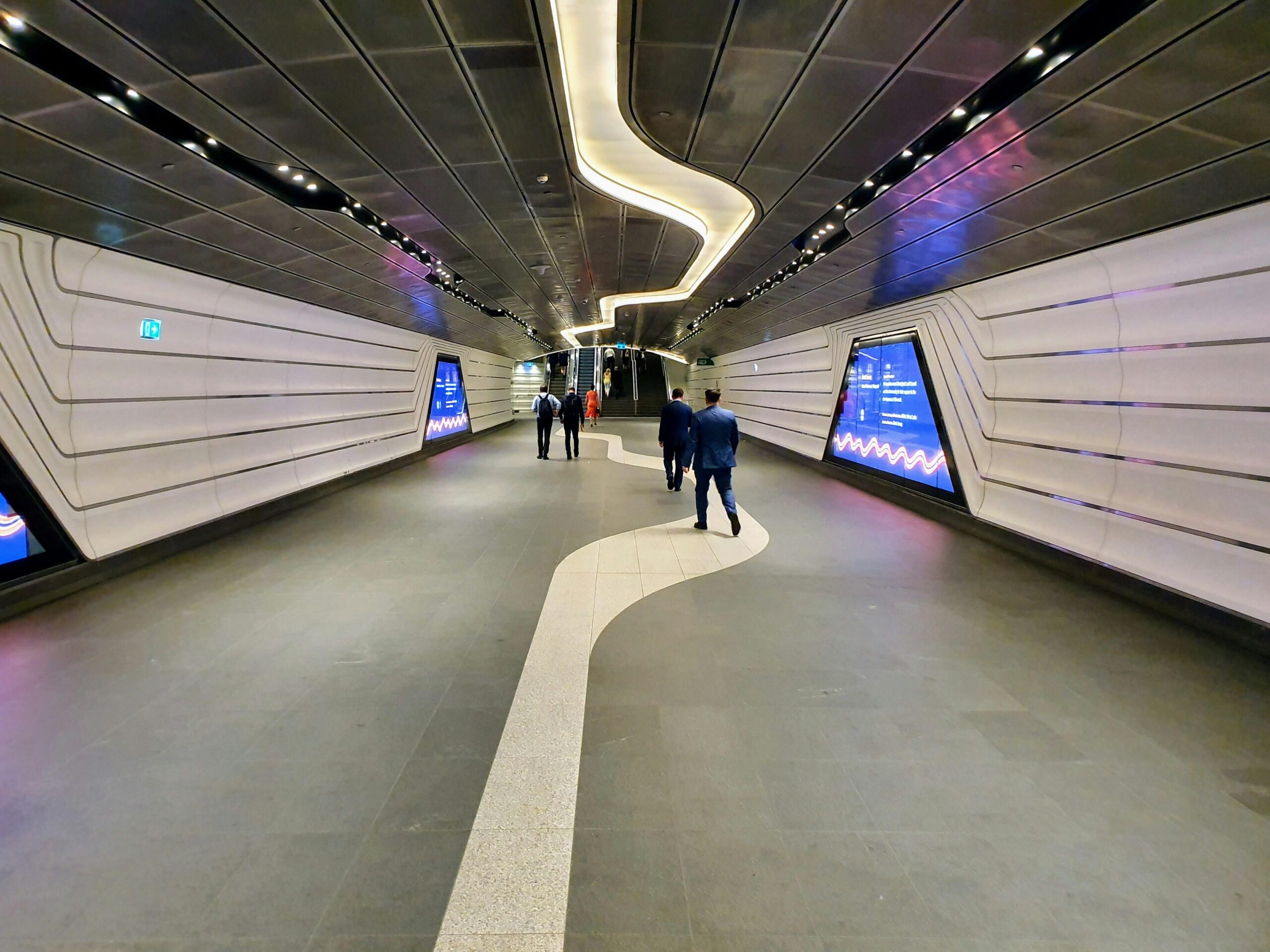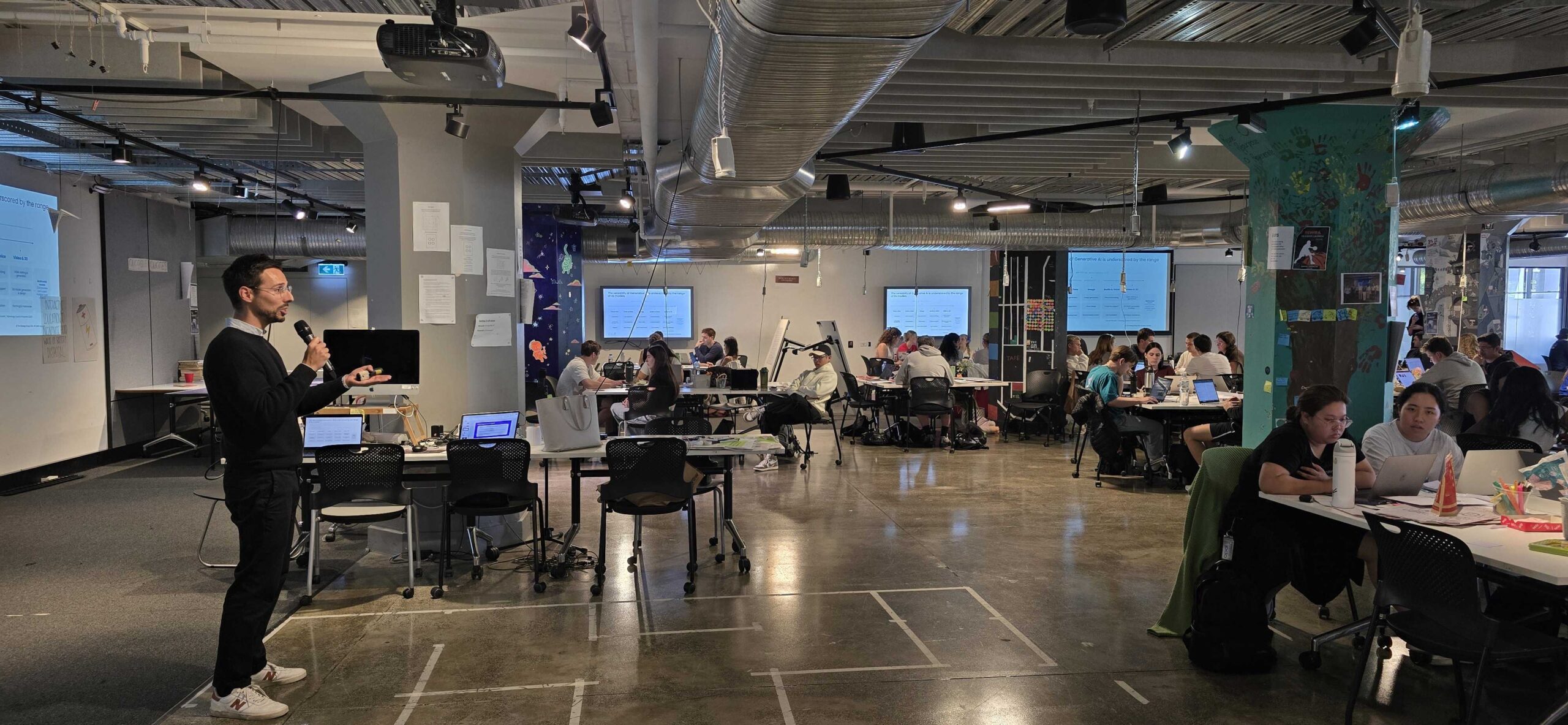The Australian Aged Care Residential Services Industry is one of the world’s most tightly regulated aged-care systems. Regulations govern everything from building certification, facility accreditation, reporting requirements and accommodation bond, fees and charges to the regulatory controls, including limits on the number of aged care places that the Government is prepared to subsidise. Further, it’s a fragmented industry, with no single provider that commands a market share greater than five percent. Coupled with the Aged Care Royal Commission and growing negative public sentiment it’s the perfect storm for incumbents to disrupt the Aged Care Business Model.
Disruption often occurs at the point where a market is being under-serviced by incumbent players who are offering “more on top” leaving opportunity for a disruptor to infiltrate the market at a lower price point with a simple offering. This is called Disruptive Innovation.Take for example, the disruption of movies and television by streaming giant Netflix. Netflix identified that viewers wanted to watch movies and series whenever it suited them, a need overlooked by the tunnel vision of companies whose focus was on their traditional scheduled programming. Netflix’s disruption was to offer a cost-effective product that met the consumers’ need to watch programs when and how they wanted.
In Australia, the ageing population is a growing demographic that has diverse needs and have greater affluence than past generations and higher expectations of living well and even flourishing in old age. Customers will gravitate towards new offerings that keep pace with or exceed their expectations and they will reward providers of aged care options that cater to the diversity of their needs and their right to a satisfying life.
With growing distrust in established practices and a respectful sense of consumer dignity and entitlement emerging in the aged care sector, if aged care providers want to be genuinely customer-centric and play to win in the long term, now is the perfect time to rethink their strategic direction and business model.
How can we think beyond the bounds of the current aged care model?
Whilst many aged care providers know that they need to change, they feel their business model is restricted by the current government funding model. Government funding to the sector is based on levels of care (e.g. high care receives greater funding) and as such many aged care providers find it difficult to provide a holistic customer experience according to the changing needs of consumers.
However, let’s challenge providers about whether reliance on government funding is a sustainable business model. As the Author of the Australian Not For Profit Innovation Index, the results for the charity sector have consistently shown that funding follows organisations that innovate, rather than the perception that innovation can only occur when an organisation has sufficient funding.
Innovating the business model in aged care is about looking beyond the boundaries of the current system to identify opportunities for sustainable growth.
So, what could business model innovation look like in aged care?
The first and most obvious shift is broadening the offering from “care” to a lifestyle experience where aged care organisations are seen more than care facilities. Over the past five years, industry players have sought to improve the quality of care and standard of available facilities resulting in a number of five-star luxury-rated aged-care facilities. Additionally, the ageing population is looking less and less to sell their own home to move into an expensive aged care provider. Instead, looking for options to remain in their home, live well and age in place.
Opal aged care have taken a different approach, appointing a former CEO of TFE hotels, to take the reins of the organisation. Bringing on board a CEO outside of the sector but with a wealth of experience in the hotels and hospitality sector makes a bold statement about the strategic direction of the organisation. This shift could generate a multitude of new revenue streams including entertainment and lifestyle services.
Beyond simply “aged care” is the opportunity for family care. In Australia, finding appropriate care for both elders and young children is often difficult and expensive. Aged care providers could leverage their experience with the elderly to take a view of the whole family unit and identify opportunities for care across the family that they service. A recent study has identified the social and economic benefits of intergenerational care.
Specifically, in regards to business model innovation, intergenerational care may be an opportunity to address the needs of the aged care customer which is often the whole family, rather than just the end user.
“Delivering intergenerational programs in one location is also attractive because of anticipated cost savings. Both aged care and childcare organisations can decrease total running costs by sharing resources such as skilled labour, learning materials, and buildings.”
Thinking more broadly about how to service a family, rather than just the elderly member, is an opportunity that should be seriously considered by aged care providers.
While many providers feel restricted by government funding, there are genuine and real opportunities for new business models in aged care. A few left of centre business model opportunities could include – virtual care aided through technology, property management and superannuation offerings. These are the adjacent opportunities/industries that providers could infiltrate within the next 20 years.
Now is the time for aged care providers to set themselves up for future success. By disrupting themselves, aged care providers can drive new growth that enhances the scope, vitality and economic and social value of Australia’s aged care sector.
Join 10,000 others who want the latest insights, tools, tips and resources. We help you get better results by staying on top of the latest methodologies and thinking.











